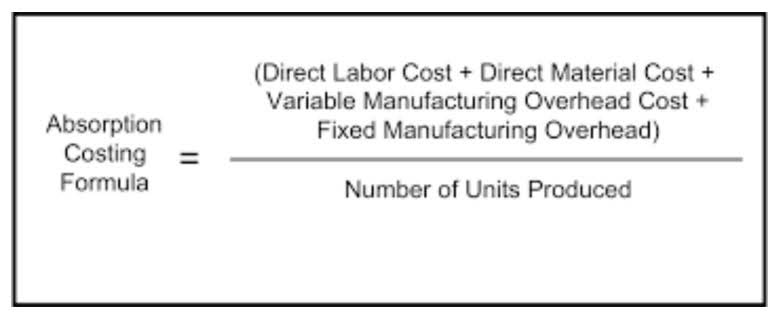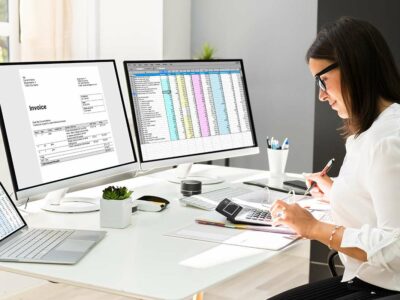
They make Product Y and Product Z. They need to calculate the average variable cost for each product and the total variable costs. This will allow them to carry out different types of financial analysis, like break-even analysis or profitability analysis. The types of variable costs incurred by businesses can vary depending on the nature and industry of the business. For instance, variable costs for a professional services firm such as a marketing agency, may include professional and licensing fees, as opposed to a manufacturer’s raw material costs. Some industries may retained earnings have additional variable costs to consider; a food service company for example may need to pay to dispose of unsold food.


This might mean reducing idle time, optimizing the use of raw materials, Accounting for Churches or improving production workflows. Such complexities can sometimes obscure the true variable costs, leading to misinformed decisions. Focusing solely on variable costs might lead businesses to overlook longer-term strategic considerations. While understanding variable costs is vital, it’s equally essential to be aware of their limitations. Implementing knowledge of variable costs can lead to improved decision-making and better business strategies.

The following list contains common examples of variable expenses incurred by companies. Variable costs are the expenses that change in direct proportion to the volume of goods or services a company produces. Material substitution, when done right, can be a strategic move to manage variable costs effectively. Refining and optimizing production processes can lead to reduced waste, faster production times, and ultimately, lower variable costs. One direct approach to manage variable costs is through negotiations with suppliers. These costs have a mix of costs tied to each unit of production and a fixed cost which will be incurred regardless of production volume.

Variable costs are expenses that fluctuate in direct proportion to the level of production or sales activity within a business. In other words, variable costs increase as production increases and decrease as production decreases. Variable costs are important for businesses to understand as they directly impact profitability and pricing decisions. By closely monitoring and managing variable costs, businesses can make informed decisions about production levels, pricing strategies, and resource allocation. This blog focuses on variable costs, which are expenses that change depending on production level.

This flexibility enables businesses to adapt more easily to changes in the marketplace and allows them to seize opportunities with less exposure to losses. Businesses can use this metric to understand if their profit is exceeding their variable costs. If the price charged to the customer is above the AVC, then the variable cost formula business is covering its variable costs per unit and then some.